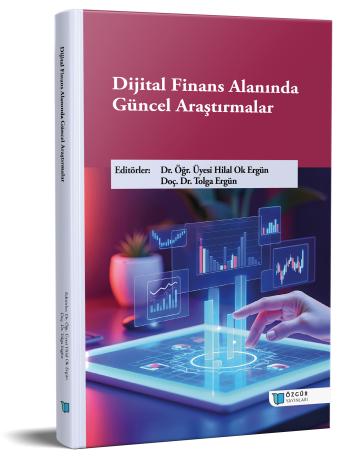
Bitcoin Price Prediction with Machine Learning and Deep Learning Methods: Explaining the Most Effective Model with SHAP Analysis
Chapter from the book:
Ok Ergün,
H.
&
Ergün,
T.
(eds.)
2025.
Current Research in Digital Finance.
Synopsis
Machine learning and deep learning are among the methods that have been frequently used in forecasting processes in financial markets in recent years. These methods stand out as tools to support investment decisions, especially in highly volatile cryptocurrency markets. While supervised learning algorithms offer powerful solutions for predicting future prices based on historical data, deep learning approaches provide advantages in capturing complex relationships, especially in sequential data structures. Understanding the relationship between digital assets such as Bitcoin and economic variables has become a strategic necessity for both individual investors and financial institutions. In this context, explainable artificial intelligence (XAI) techniques contribute to decision support systems by transparently revealing the internal logic of forecasting models. In this study, the daily closing prices of Bitcoin (BTC) are predicted by SVR, LSTM, XGBoost and ANN algorithms by considering economic indicators such as gold, USDX, VIX and Brent oil. In the analysis performed with the data set covering the period 2014-2024, a comparison was made on performance measures such as MAPE, MAE and R². According to the results, the SVR model showed the highest accuracy rate. Moreover, SHAP analysis reveals that BTCY (bullish), BTCD (bearish) and BTCA (bullish) variables contribute positively to the forecasting process. On the other hand, exogenous variables such as AK (gold) and BrPK (oil).

